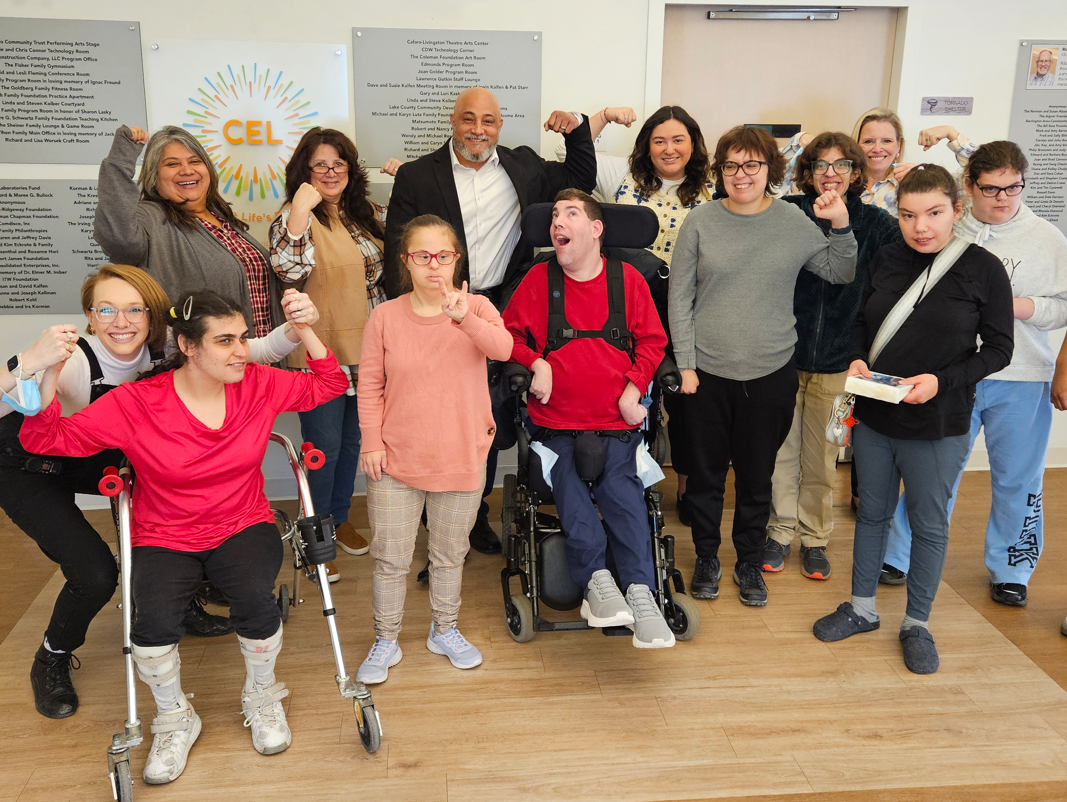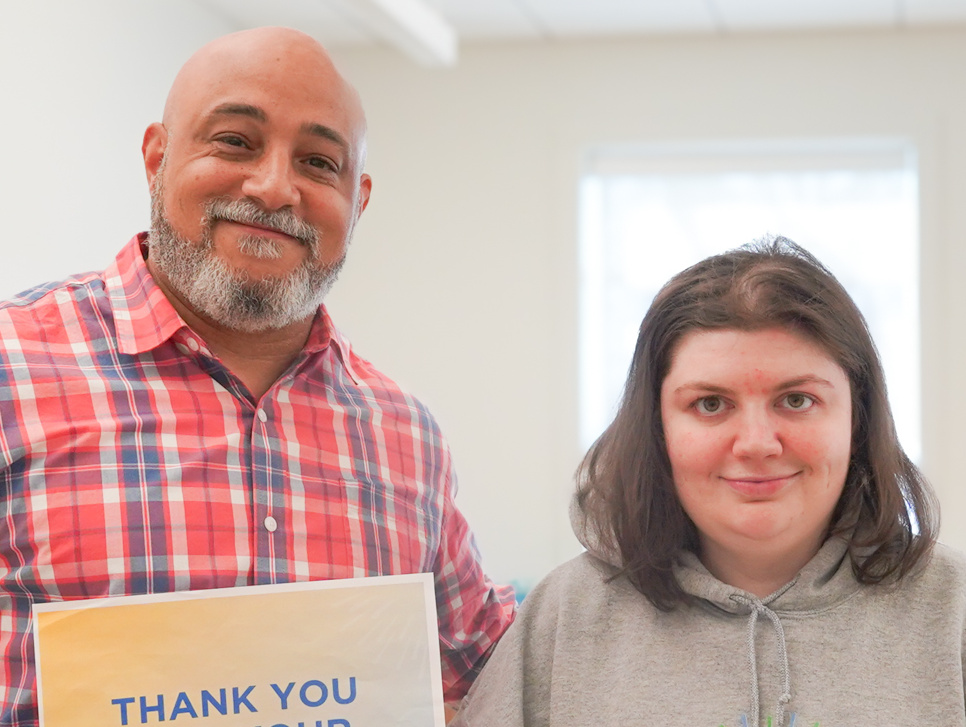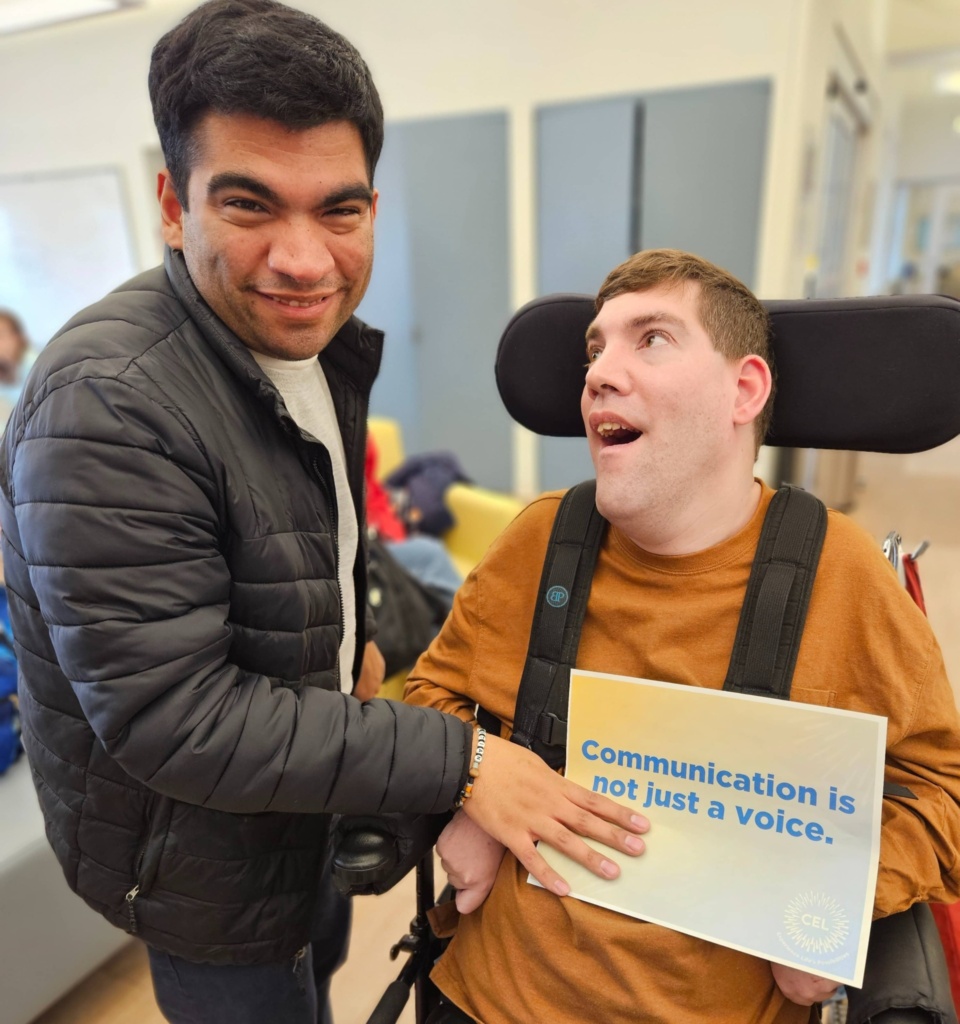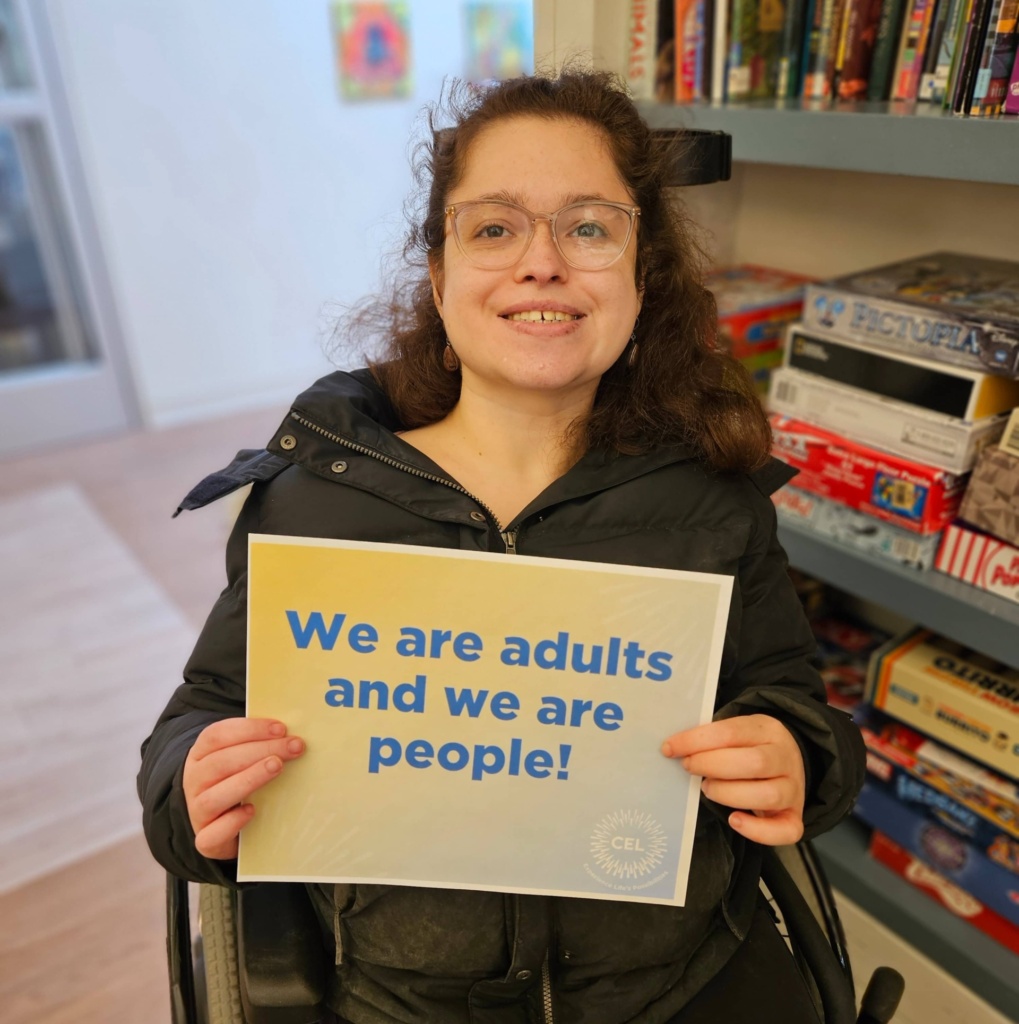Developmental Disabilities Awareness Month: Beyond Awareness, Toward Action

Perspective from Herb Washington, CEO of CEL
Every March, Developmental Disabilities Awareness Month (DDAM) is a time to reflect on inclusion, celebrate progress, and challenge society to do better. But what does “awareness” really mean? Are we simply acknowledging the existence of people with developmental disabilities, or are we working toward a world where inclusion isn’t a campaign but a lived reality?
Awareness is only the first step. Real change happens when awareness leads to action. When policies shift, mindsets evolve, and communities make space for real belonging.
Beyond Awareness: A Call for Belonging
It’s easy to say, “We support inclusion.” Many organizations, schools, and businesses have diversity statements, sensory-friendly events, or disability hiring initiatives.
But support isn’t the same as action. Belonging isn’t passive. It’s intentional.

It requires businesses to not just hire people with disabilities but also pay them fair wages and create career pathways. It requires that we don’t just accommodate students with disabilities but also believe in their potential to exceed expectations. It requires communities to go beyond welcoming people with disabilities on paper by actively creating spaces where they have a seat at the table, a voice in decisions, and a full place in society.
The Gap Between Intention and Reality
Despite decades of advocacy, people with developmental disabilities remain among the most marginalized in the workforce and public life. Consider these realities:
- Employment: More than 80% of adults with disabilities do not have jobs – not because of ability, but because of systemic barriers and low expectations.
- Community Inclusion: The ADA was passed over 30 years ago, yet people with developmental disabilities still face housing discrimination, transportation challenges, and social exclusion in ways most of us can’t imagine.
If we are truly committed to inclusion, we have to push past good intentions and examine where we fall short.

From Awareness to Expectation
Inclusion can’t just be about “making room.” It must be about reshaping the room itself so that people with developmental disabilities aren’t guests in their own communities, but expected, valued, and central to everything we do.
This shift requires more than good intentions. It requires action:
Create Equitable Employment
Hiring people with disabilities is not charity. It’s good business. Studies show that inclusive workplaces are more innovative, have lower turnover, and improve company culture. But hiring is just the first step. Companies must provide real career growth, competitive wages, and leadership opportunities.
Design Inclusive Communities
Public spaces, social events, and civic engagement efforts need to be built with universal design in mind. It’s not about adding ramps or creating special programs. It’s about making every space accessible from the start so that everyone is naturally included.

A World That Works for Everyone
When we design for inclusion from the start, everyone benefits. Universal design principles make public spaces more accessible. Not just for people with disabilities, but for parents with strollers, older adults, and anyone who needs flexibility. When workplaces embrace neurodiversity, they tap into perspectives that drive innovation and creativity. When schools teach about disability in authentic ways, they produce generations of young people who move through the world with empathy, understanding, and a commitment to justice.
At CEL, we are not just raising awareness – we are creating belonging. We’re building spaces where people with disabilities don’t just participate, but thrive. Where they don’t just adapt, but lead. Where disability is not accommodated, but expected.
So, as we wind down DDAM, let’s push beyond awareness. Let’s build a world where no one has to fight to fit in – because they were always meant to be here.
